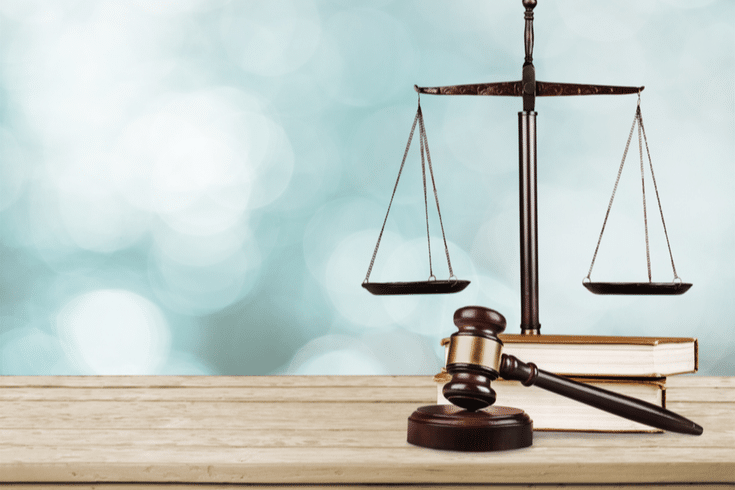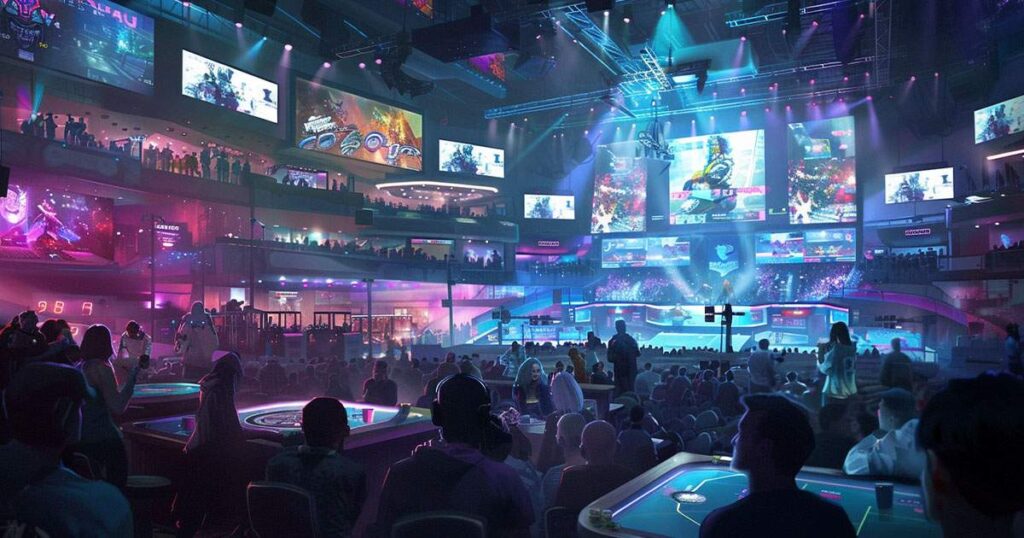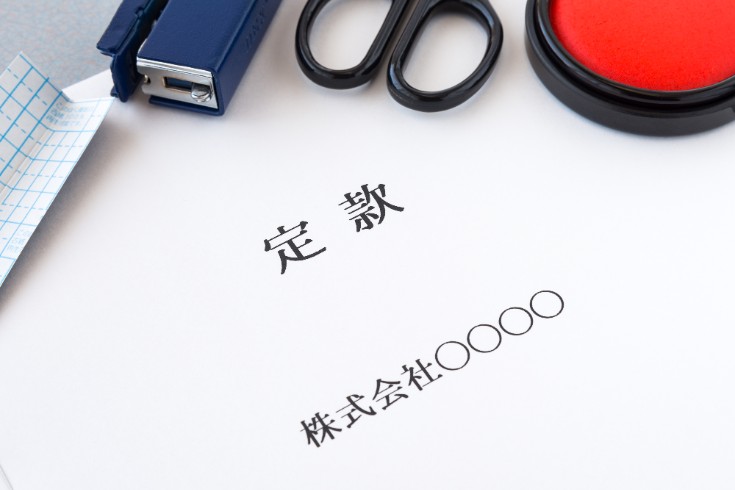What Changed with the 2019 Amendment to the Japanese Design Law? Explaining 3 Specific Points

The Design Law, a law that protects designs.
In simpler terms, it is a law that can be utilized to counter imitation goods such as counterfeit and similar products. This Design Law was revised in May 2019 (Heisei 31).
The major points of this revision are as follows:
- Expansion of the scope of protection
- Review of the related design system
- Extension of the design right duration
In this article, we will mainly explain the ‘Expansion of the scope of protection’ in the recent revision of the Design Law.
Design Rights and Design Law

Article 1 of the Japanese Design Law states, “The purpose of this law is to encourage the creation of designs and contribute to the development of industry by promoting the protection and use of designs.”
In order to obtain these design rights, similar to patent and trademark rights, it is necessary to apply and register with the Japan Patent Office. However, the following requirements must be met:
- Industrial applicability must be recognized
- There must be novelty
- The creation must not be easy
- It must not be identical or similar to a part of a design that has been previously applied for
- It must be a single design per application
The term “industrial applicability” in point 1 refers to the ability to mass-produce the same item repeatedly using industrial technology.
In other words, natural objects such as animals and plants, as well as paintings and sculptures, lack industrial applicability and therefore cannot be registered as designs.
The term “novelty” in point 2 refers to the design being new. Designs that are widely known not only in Japan but also abroad, designs that have already been published in publications, designs that have been made public on the Internet, etc., lack novelty and therefore cannot be registered as designs.
The term “creation must not be easy” in point 3 means that even if it is novel, if other businesses can easily create it, it cannot be registered as a design.
Designs that simply replace known designs or change the arrangement or ratio cannot be registered as designs.
The term “prior application” in point 4 is referred to as the “first-to-file principle”. Designs that are identical or similar to a part of a design that has already been registered cannot be considered as new designs and therefore cannot be registered as designs.
The term “single design per application” in point 5 is a principle of design registration application. For two items such as a ballpoint pen and a pen case, two separate applications are required for each.
However, as an exception, items that combine two or more items to form a single design, such as a teacup and a teapot, are potentially protected as “set designs”, and items that change into two or more shapes or colors, such as a toy that transforms from a car to an airplane, are potentially protected as “dynamic designs”.
In order for design rights to be recognized, these requirements must be met.
https://monolith.law/corporate/design-package-color-law[ja]
Revision of the Related Design System, which is a “Group of Designs”
The Design Law had recognized the registration of “related designs” even before this amendment.
A related design is a system that allows for the registration of designs that are similar to one of the designs in a similar relationship by the same applicant, with the other designs being registered as related designs.
The principle of the first-to-file system is that only the first applicant can receive design registration if there are multiple design registration applications for similar designs on different days. However, the related design system is an exception to this. The purpose of this system is to protect a group of designs based on a consistent design concept by the same applicant.
Under the Design Law before this amendment, design rights infringement was not recognized for designs that were similar only to related designs. However, with this amendment, designs that are similar only to related designs can now receive design registration as related designs, with the related design being the main design.
As a result, designs developed based on a consistent concept can be protected, and for example, in the case of changing the design little by little like a model change of a car, each design can be protected as a “group of designs”.
Extension of the Duration of Design Rights
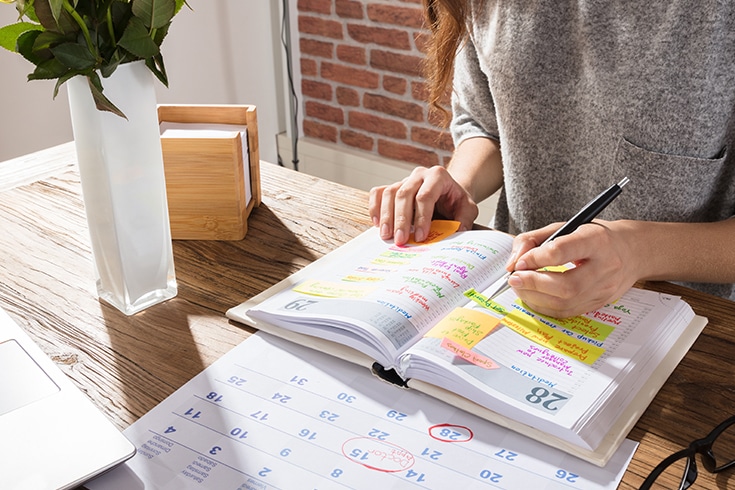
Before this amendment, the duration of design rights under the Design Law was “20 years from the date of registration of the design”, but with this amendment, it has been changed to “25 years from the date of application for design registration”.
Also, the duration of design rights for related designs is now 25 years from the date of application for design registration of the basic design.
The reason for changing from “from the date of registration of the design” before this amendment to “from the date of application” is that the management of intellectual property was complicated because it was different from the Patent Law, which starts from the date of application and lasts for 20 years.
With the 2006 amendment, the duration of design rights, which had been extended from 15 years to 20 years, was extended to 25 years with this amendment, along with changing the start date.
Expansion of Protection Scope
In this amendment, along with the extension of the survival period, the scope of protection has also been expanded. Newly included are images not recorded or displayed on goods, the exterior of buildings, and interior design.
Before this amendment, the protection scope of the Japanese Design Law was limited to “goods” such as automobiles and handbags, and things that were not “goods”, such as real estate and non-solid objects, were excluded.
However, with this amendment, the scope of protection has been expanded, and now designs of “images”, “buildings”, and “interiors” can also be registered.
Images

Before this amendment, the Japanese Design Law protected images that were recorded or displayed on goods, such as display images and operation images. In other words, images recorded on servers and transmitted as needed, or images projected on roads or other non-goods, were excluded.
After the amendment, regardless of whether they are recorded or displayed on goods, display images and operation images themselves can be protected.
Therefore, images in fields such as software and websites provided over the network, icons, images projected on walls, floors, and even human bodies, and images in the field of IoT and VR/AR can also be registered as designs.
However, not all images can be registered. Display images and operation images are subject to registration, but images related to games, movies, TV, decorative images such as wallpapers, photos, and other content, and images that have no relation to the function of the related equipment, etc., are not protected even after the amendment.
Buildings
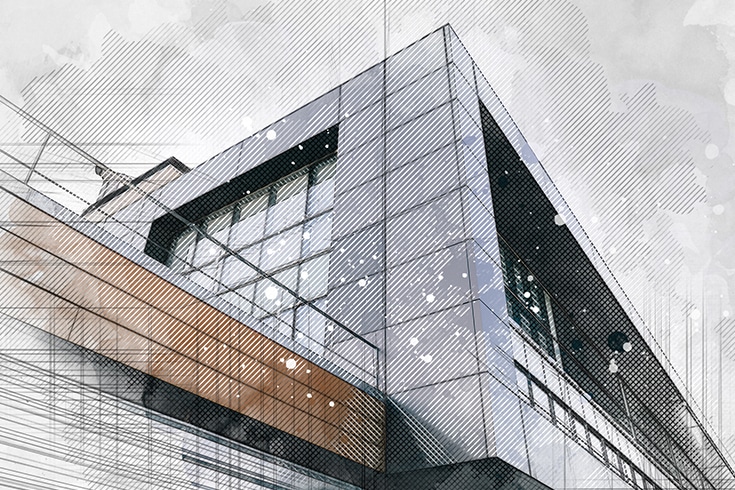
Before this amendment, the term “goods” in the Japanese Design Law meant “movable tangible objects”, so it was not possible to protect real estate of buildings with design rights.
After the amendment, buildings such as stores and hotels, that is, “buildings” that are real estate, can also be protected by design rights.
In the examination criteria of the amended Design Law, a “building” is defined as a man-made structure that is a fixture of the land, including civil engineering structures. Examples include commercial buildings, residences, factories, stadiums, bridges, radio towers, chimneys, etc. Also, even if the connection is not strong, such as “school buildings and gymnasiums” or “commercial buildings consisting of multiple buildings”, if they can be implemented as a whole, it is possible to treat multiple buildings as one design.
Interiors
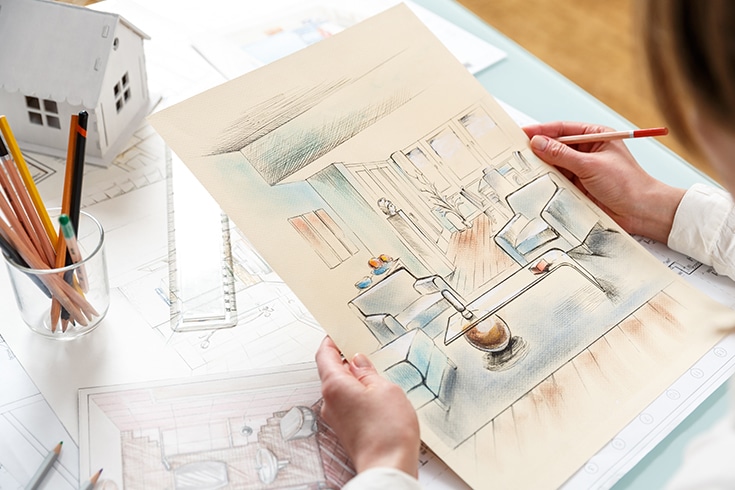
Before this amendment, the design of interiors composed of multiple goods (tables, chairs, lighting fixtures, etc.) and buildings (decorations of walls and floors) could not be registered as designs because they did not meet the requirement of one design per application.
After the amendment, the design of interiors composed of multiple goods, walls, floors, ceilings, etc., such as stores, can be registered as one design if they meet the requirement of “causing a unified aesthetic sense as a whole interior”.
Not only the interiors of stores and offices, but also the interiors of accommodation facilities, medical facilities, passenger ships, railway vehicles, living rooms, bathrooms, etc., and parts of buildings can be subject to design registration.
In order to qualify as an interior design under the Design Law, it is necessary to meet all of the following 1 to 3.
- It is the interior of a store, office or other facility
- It is composed of multiple goods, buildings or images under the Design Law
- It causes a unified aesthetic sense as a whole interior
Only one interior space in one facility can be included in one application, so if it includes multiple spaces that are physically separated, it is generally not considered to qualify as one interior design.
However, if the walls separating the spaces are, for example, transparent and the spaces are visually recognized as continuous, they are treated as one space.
Also, even if it includes two or more spaces, if these spaces have a common use and it is recognized that the shapes, etc., were created as a whole, it is treated as one interior design.
Until now, the main means of protecting store designs was the Unfair Competition Prevention Law. However, the store designs protected by this law were limited and the conditions were restricted. With this amendment, design rights may become a powerful means to protect store designs, and it is attracting attention.
Summary
The revised Japanese Design Law was implemented in April 2020 (Gregorian calendar year), and designs such as the “Uniqlo PARK Yokohama Bayside Store” and “Ueno Station Park Exit Station Building” have already been registered as architectural designs. In addition, the “Tsutaya Bookstore” and “Kura Sushi Asakusa ROX Store” have been registered as interior designs.
According to the “Number of Design Registration Applications for New Protection Targets” announced by the First Design Division of the Japanese Patent Office in January 2021 (Gregorian calendar year), 685 images, 294 buildings, and 172 interiors have been applied for. The use of design rights in new fields is expected.

